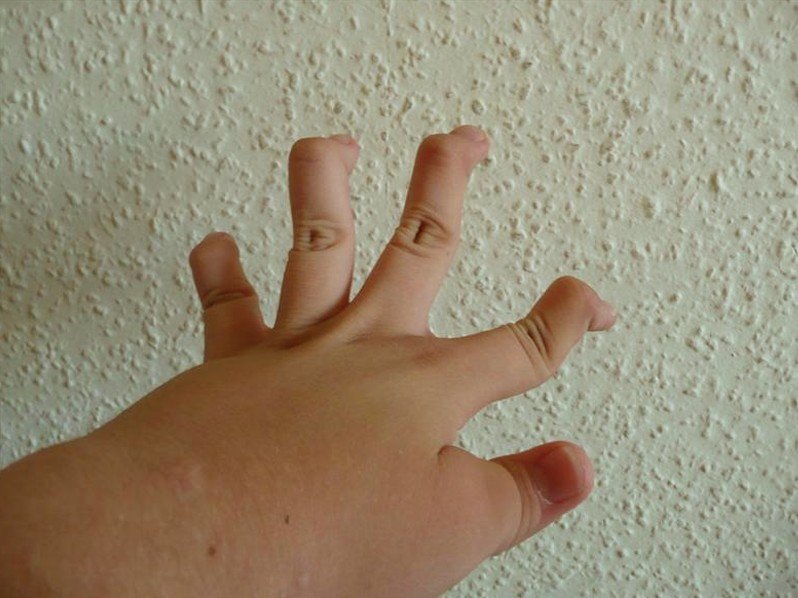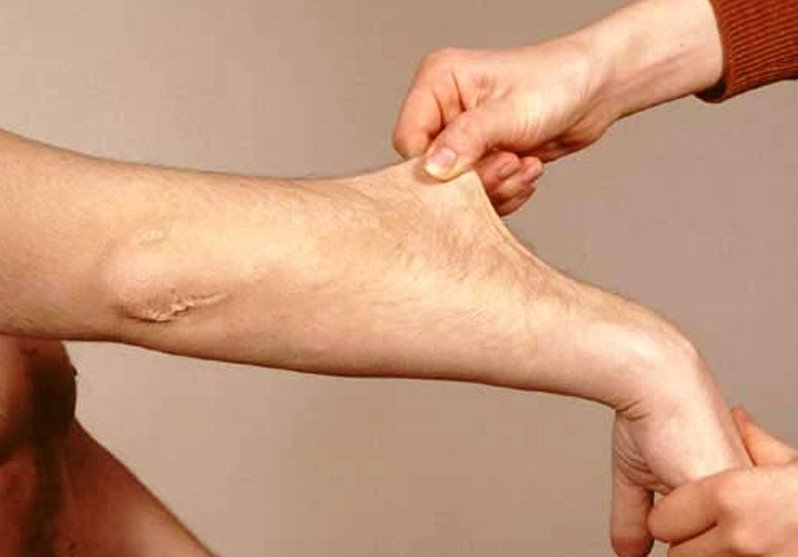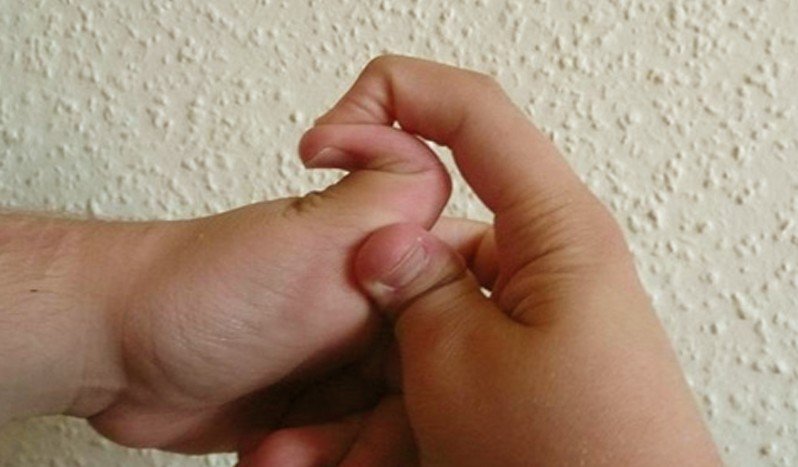Ehlers Danlos Syndrome
Last reviewed by Dr. Raj MD on January 12th, 2022.
What is Ehlers Danlos Syndrome?
This is a medical condition that affects your connective tissues in your body. Your connective tissue is what is responsible for structuring and supporting your blood vessels, organs, skin, and bones. This connective tissue is made of fibrous material, a protein called collagen, and cells.
A person with Ehlers Danlos syndrome can have one of six major types:
- Arthrochalasia which is excessive looseness of your joints
- Classic
- Dermatosparaxis which is having skin fragility that is caused by abnormal collagen
- Hypermobility which is having an unusually big range of movement in your joints
- Kyphoscoliosis which is a combination of outward and lateral curvature of your spine
- Vascular
The two most common types of Ehlers Danlos syndrome are the classic and hypermobility with the other four types being rare. According to a worldwide record there are only twelve children who have Dermatosparaxis type. Genetics Home Reference reports that this syndrome is only seen in one in five thousand people. The most serious type is Vascular Ehlers Danlos syndrome and if you have this type before you start a family you should talk to a genetic counselor.
Because a person with this syndrome has fragile stretchy skin it could become a problem if you have to have stitches because many times the skin is not strong enough to hold the stitches.
Symptoms
Classic Ehlers Danlos syndrome
- Joints that are loose
- Velvety skin that is highly elastic
- Skin that is fragile
- Skin that can bruise easily
- Skin folds on your eyes that are redundant
- Pain and fatigue in your muscles
- Benign growths on your pressure areas such as your knees and elbows
- Problems with heart valves
Hypermobility Ehlers Danlos syndrome
- Joints that are loose
- Bruising easily
- Muscle fatigue and pain
- Degenerative joint disease that is chronic
- Osteoarthritis that is premature
- Pain that is chronic
- Problems with your heart valves
Vascular Ehlers Danlos syndrome
- Blood vessels that are fragile
- Skin that is thin
- Skin that appears transparent
- Thin nose
- Eyes that protrude
- Lips that are thin
- Small earlobes
- In people with fair skin the blood vessels that are under the skin are very visible through their skin.
Other general symptoms
- Being double jointed
- Poor wound healing and scarring easily
- Flat feet
- Joint dislocation
- During pregnancy premature rupture of membranes
- Problems with your vision
The severity of the symptoms can vary from patient to patient such as there are some who have no skin symptoms but do have the overly flexible joints.
Causes
It is an inherited genetic medical condition and is caused by a group of genetic disorders. Usually the parents are the silent carrier of the defective gene and may not show any signs of Ehlers Danlos syndrome. They do not know that they are the carriers of the defective gene that causes Ehlers Danlos syndrome. The baby gets the defective gene from both the parents. The defects weaken the formation and process of collagen.
The defects in these genes are what cause this medical condition:
- ADAMTS2 which gives the instructions for making the proteins that work with your collagen.
- COL1A1, COL1A2, COL3A1, COL5A1, COL6A2, PLOD1, and TNXB which all gives instruction on how to assemble your collagen.
In some types of this medical condition it can cause abnormal heart valves or rupture of your internal organs. Each of the different types of Ehlers Danlos syndrome is associated with different genetic causes. In some types of this medical condition, such as Vascular Ehlers Danlos syndrome, there is a fifty percent chance that the defective gene will be passed on to the children.
Treatment
At this time there is no cure for this syndrome but physician do use a variety of treatments to help manage the symptoms along with helping to prevent any further complications that you might have.
Medication
Some of the different medications that your physician may prescribe include:
- Over-the-counter medication to help with your pain and if these do not help, your physician may prescribe stronger prescription medications for your muscle and joint pain.
- Medication to help lower or keep your blood pressure under control because in some types of Ehlers Danlos syndrome, such as Vascular, your blood vessels are more fragile. By prescribing this type of medication it can help to reduce any stress on your blood vessels by helping to keep your blood pressure low.
Physical Therapy
Because a person with Ehlers Danlos syndrome has joints with weak connective tissues, they tend to dislocate easier so it would help to do exercises that help to strengthen your muscles around your joints to help the joints stabilize. There may also be specific braces that a physical therapist might recommend to help with these types of dislocations.
Surgical and other procedures
Surgery may be recommended in rare cases to help repair joints that have been damaged by repeated dislocations of your joints. Unfortunately your connective tissue and skin of the joints that are affected may not after the surgery heal properly.
There are also things that a patient with Ehlers Danlos syndrome can do but it all depends on any additional symptoms you may have and the amount of pain you are experiencing. Some of these things include:
- Make sure that you avoid contact sports.
- Make sure that you avoid lifting weight.
- If you child has Ehlers Danlos syndrome you should put adequate padding on them when they are learning to walk or before they ride their bike.
- To protect your skin make sure that you are using the right type of sunscreen.
- Make sure to avoid soaps that are harsh and can cause allergic reactions or dry out your skin.
- To help minimize the pressure on your joints use assistive devices.
Ehlers Danlos Syndrome Pictures
Photos, Images and Pictures of Ehlers Danlos Syndrome….



